Results
-
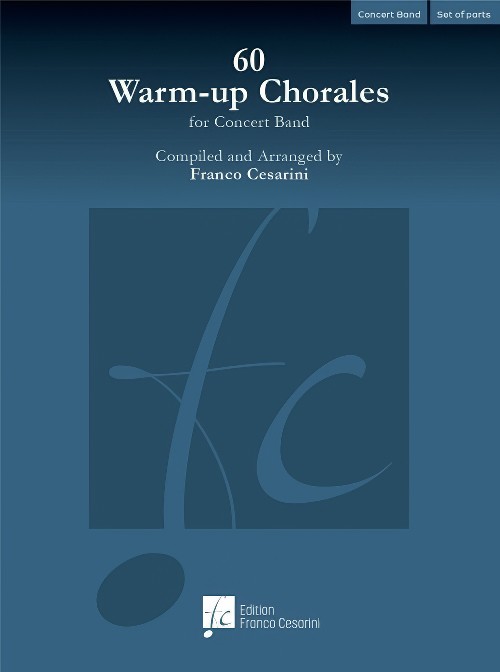 £175.00
£175.0060 Warm-Up Chorales (Concert Band - Score and Parts) - Cesarini, Franco
During his experience as a band conductor and teacher of wind orchestra conducting at university, Franco Cesarini has dealt with the topic of warm-ups very frequently. Throughout these long years of conducting he has had the opportunity to try many existing methods, evaluating their advantages and disadvantages. After a long time, he has decided to compile a collection of chorales for warm-ups, which are organised according to the criteria that he considers most effective. While working on his60 Warm-up Chorales for Concert Band, Franco Cesarini has always borne in mind that amateur musicians play for pleasure. He feels that it is extremely important that they have satisfaction at every moment of the rehearsal and not to start the rehearsal with needless "punishing" exercises. Nobody is really motivated to start playing with scales, long notes, or tricky rhythmical exercises. There is often a distinguished absentee in band rehearsals, namely music itself! Although this publication does not foresee a specific tempo for the chorales, they should often be performed rather slowly but without dragging. Dynamics are not indicated, so that the conductor has the opportunity to draw the attention of the musicians to his gestures and to make them react according to his indications. Timpani and bell parts have been added with the aim of not leaving the percussionists completely inactive during the warm-up phase, but can also be omitted. The chorales are written in four parts (SATB) and are also playable in smaller groups. The four voices can be played in different combinations of woodwinds or brass quartets or in mixed combinations. The collection includes ten chorales for the following keys: D flat major, A flat major, E flat major, B flat major, F major and C major. With his 60 Warm-up Chorales Franco Cesarini would like to convey the message to play the chorales in a musical way, thus raising the musicians' awareness of phrasing, the right interpretation of cadences, rubato and agogic. Above all, never do anything without putting the musical aspect in the foreground. 60 Warm-up Chorales for Concert Band: A perfect collection to warm-up and improve tuning of a concert band!
Estimated dispatch 7-14 working days
-
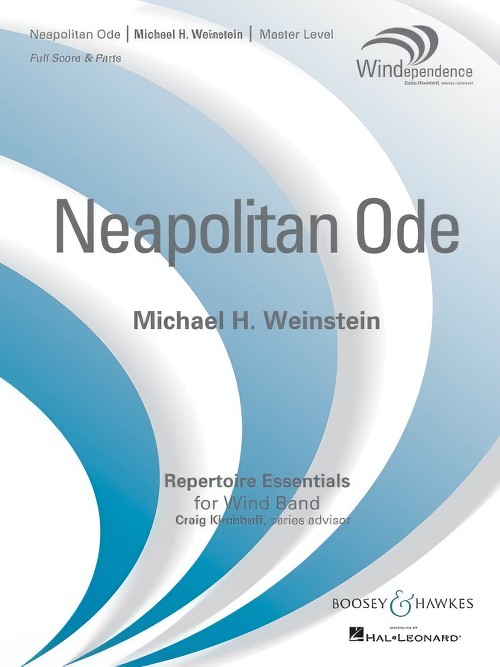 £85.00
£85.00Neapolitan Ode (Concert Band - Score and Parts)
Written as a part of the Frank L. Battisti 85th Birthday Commission Project, Neapolitan Ode is a powerful and evocative addition to the repertoire. Utilizing a tone row suggested by "Mr. B." himself, Michael Weinstein incorporates a "Neapolitan" harmonic flavor and a wide range of textures and moods in creating this vehicle of praise (or "ode") for his former conductor/mentor. Duration: 5.00
Estimated dispatch 7-14 working days
-
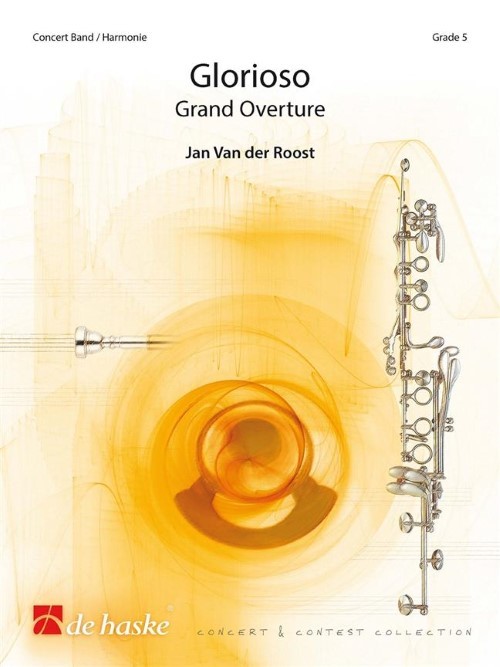 £224.99
£224.99Glorioso (Concert Band - Score and Parts) - Van der Roost, Jan
Glorioso was commissioned by, and is dedicated to, the Siena Wind Orchestra. The work opens after a short aleatoric intro, with an energetic and brassy one tone fanfare. The note F acts as an omnipresent note, and is also used as a bridge into the second, rather static movement. A noble sounding theme leads to an impressive climax, shortly followed by the spectacular and virtuoso finale, which is built on the musical elements that have been heard before. Stylistically, this sparkling finale is clearly influenced by Dmitri Shostakovich, hence the use of the famous signature used by the Russian Master: C, D, E flat, B (or C flat). A glorious finish to a special work that highlights various facets of the modern concert band.Duration: 15.30
Estimated dispatch 7-14 working days
-
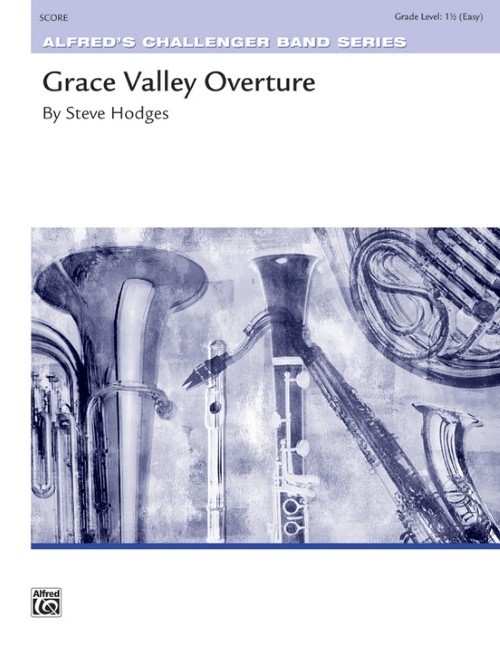 £46.95
£46.95Grace Valley Overture (Concert Band - Score and Parts) - Hodges, Steve
This energetic overture opens strongly with the low brass presenting a melodic arpeggio motive that recurs throughout the A section of the piece. The B section provides an excellent contrast with an expressive presentation by the woodwinds leading to a sensitive chorale setting. With shifting minor and major modes, the section builds with the brass before ending in a tranquil manner. A repeat of the opening section leads to a dynamic coda, bringing the piece to an exciting conclusion.Duration; 3.45
Estimated dispatch 7-14 working days
-
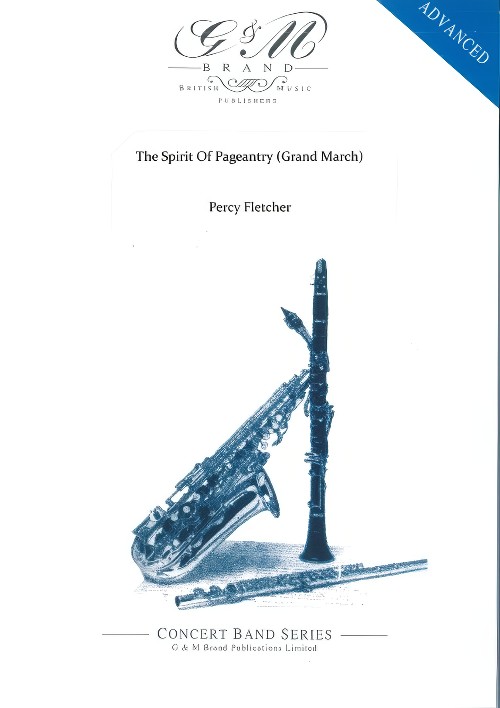 £104.95
£104.95The Spirit Of Pageantry (Grand March) (Concert Band - Score and Parts) - Fletcher, Percy
Percy Eastman Fletcher (1879-1932) was born in Derby, England. He made his living as a Musical Director in the London theatre world, directing and orchestrating the long-running musical Chu Chin Chow. Fletcher was a prolific composer and wrote a large number of suites for light orchestra as well as military band marches The Crown of Chivalry, Spirit of Pageantry, V.C. March, and a Sultan's March, extracted from his musical 'Cairo In 1909 the Worshipful Company of Musicians in London, England offered 5 prizes for original military band compositions. This competition attracted the attention of some fine British composers. Holst's 'Suite in Eb' was placed 3rd and this Grand March, ' The Spirit of Pageantry' was awarded 2nd prize. The winning composer was B,Walton O'Donnell, who later became an outstanding Musical Director of the BBC Wireless Military Band. The Spirit of Pageantry is a wonderful evocation of Edwardian England and deserves to be reinstated into the Concert Band repertory
Estimated dispatch 7-14 working days
-
 £20.95
£20.95The Spirit Of Pageantry (Grand March) (Concert Band - Score Only) - Fletcher, Percy
Percy Eastman Fletcher (1879-1932) was born in Derby, England. He made his living as a Musical Director in the London theatre world, directing and orchestrating the long-running musical Chu Chin Chow. Fletcher was a prolific composer and wrote a large number of suites for light orchestra as well as military band marches The Crown of Chivalry, Spirit of Pageantry, V.C. March, and a Sultan's March, extracted from his musical 'Cairo In 1909 the Worshipful Company of Musicians in London, England offered 5 prizes for original military band compositions. This competition attracted the attention of some fine British composers. Holst's 'Suite in Eb' was placed 3rd and this Grand March, ' The Spirit of Pageantry' was awarded 2nd prize. The winning composer was B,Walton O'Donnell, who later became an outstanding Musical Director of the BBC Wireless Military Band. The Spirit of Pageantry is a wonderful evocation of Edwardian England and deserves to be reinstated into the Concert Band repertory
Estimated dispatch 7-14 working days
-
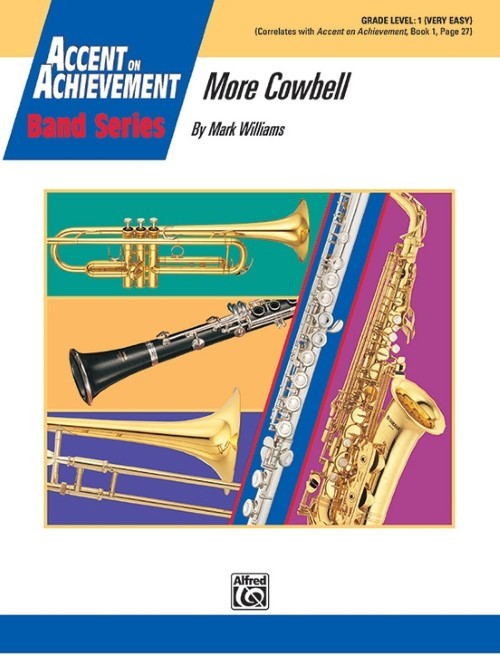 £48.95
£48.95More Cowbell (Cowbell Feature with Concert Band - Score and Parts) - Williams, Mark
More Cowbell was inspired by the famous television skit featuring a rock band, a record producer, and an over-zealous cowbell player. If the cowbell player is good at hamming it up (and rocking out!), you could try the following staging suggestions: Cowbell player plays with intensity and lots of movement, and starts moving in measure 17 toward the front of the band, ending up next to the conductor in measure 24, bowing to the audience on beat 4. Conductor gives a stern look and gestures to student to get back in the percussion section (possibilities: "slit throat" gesture with side of first finger followed by pointing forcefully to the back, or similar gestures). Student slinks back, starts playing cowbell again, but quietly this time. Playing gradually picks up intensity, and player starts again toward the front in measure 41, reaching the front by measure 48. In measure 48, either A) Conductor waves hands violently for student to stop, or B) have a couple of students place a large blanket over the cowbell player. This works, but only for one measure (player quits and doesn't move in bar 49). Cowbell player resumes playing with a vengeance in measure 50 (either in spite of the teacher or under the blanket!). Make sure your new "rock star" takes another bow at the end of the piece. Have fun, and may your life always have more cowbell! Duration: 2.00
Estimated dispatch 7-14 working days
-
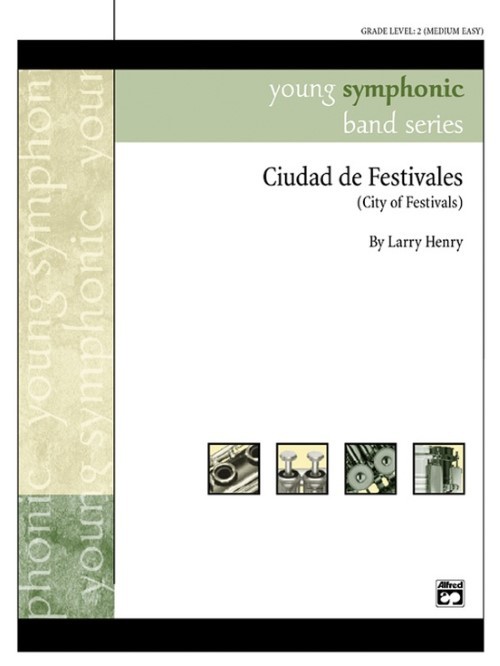 £50.50
£50.50Ciudad de Festivales (City of Festivals) (Concert Band - Score and Parts) - Henry, Larry
Written in A-B-A form, Ciudad de Festivales begins with a rousing introduction using thematic and rhythmic motives. After an initial statement of the melody by a solo trumpet, the piece develops adding instruments and contrapuntal lines. The B section is introduced by a trumpet duet leading to a baritone solo. A short interlude leads to the return of the A section with the addition of obbligato woodwind parts. The introductory themes are used once again as the coda brings the piece to a spirited conclusion. Duration: 3.30
Estimated dispatch 7-14 working days
-
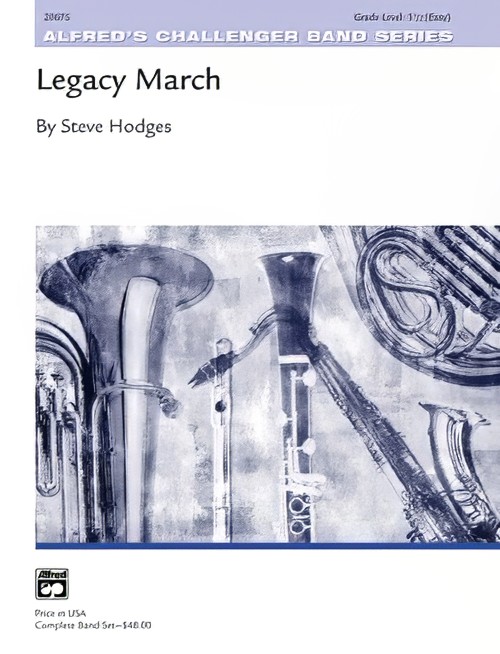 £48.95
£48.95Legacy March (Concert Band - Score and Parts) - Hodges, Steve
You'll find yourself humming this catchy march over and over! Beginning with a fanfare in the trumpets, horns, and saxophones, the low brass soon enters followed by the woodwinds playing a countermelody. The march tune is introduced by the trumpets and saxes, then turned over to the winds. The B section brings a quieter mood, followed by a return of the A theme with a brief coda that brings the piece to a grandiose conclusion. A fantastic addition to the march repertoire. Duration: 2.45
Estimated dispatch 7-14 working days
-
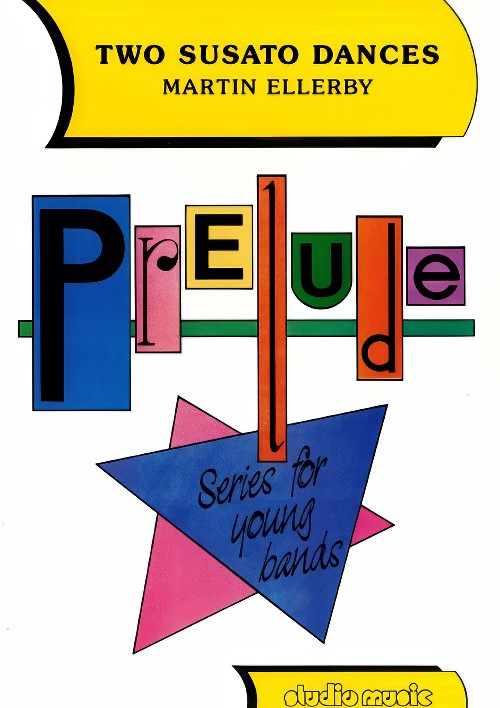 £44.95
£44.95Two Susato Dances (Concert Band - Score and Parts) - Susato, Tielman - Ellerby, Martin
Around 1540 Tielman Susato, the Belgium trumpet player and composer, established himself in Antwerp as a printer of music. In 1551 he brought out The Third Little Music Book, a collection of instrumental dances. Most of these are arrangements, possible by Susato himself, of popular dance tunes. In keeping with sixteenth-century practice, this book details no specific instrumentation; something to be worked out by the players with whatever available means. Doubtless many of the dances were performed on wind instruments at festive outdoor events. The date of Susato's birth is unknown but estimated to be around 1500. The same applied to his death, which is thought to be somewhere between 1561-64.The third Little Music Book gives several examples of the traditional sixteenth-century genre, the dance pair, a predecessor of the Baroque suite. In such a pair the first dance was often in slow or moderate duple time, the second in quick triple time. This is the case in the pair presented here, which consists of a lively round dance followed by a Hop Up or saltarello.Titles in the Prelude Series are specifically scored for bands with few, if any, bass instruments but will sound well on larger ensembles. The bass line is playable by any combination of bass clarinet, bassoon, baritone saxophone, trombone, euphonium or tuba; in the event that none of these is available, the part for trombone/euphonium (B flat TC) can be played by tenor saxophone. The tuned percussion part is entirely optional and can be played by any available instrument(s). Each piece also includes a preliminary exercise. This is always in the same key as the accompanying piece and consists of a scale and chord progression that can be used for improving ensemble, balance, intonation and instrumental facility by changing tempo, articulation and dynamics.Duration: 2.00
Estimated dispatch 7-14 working days
